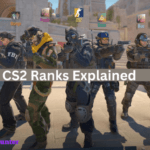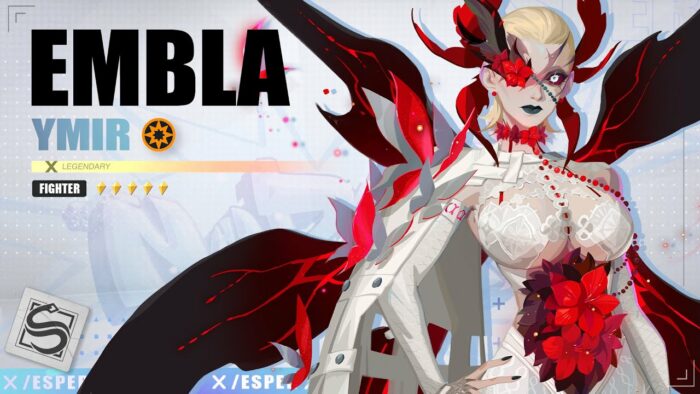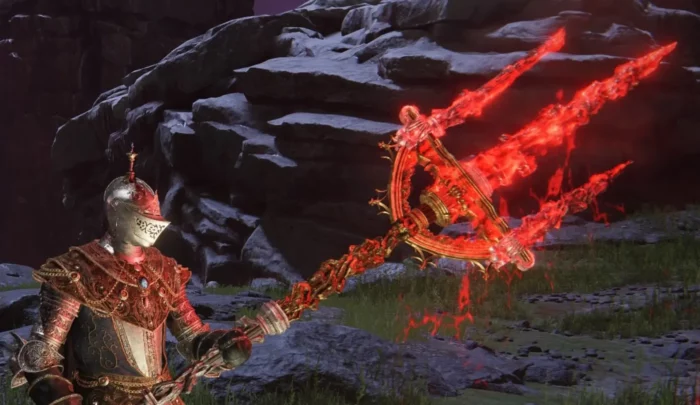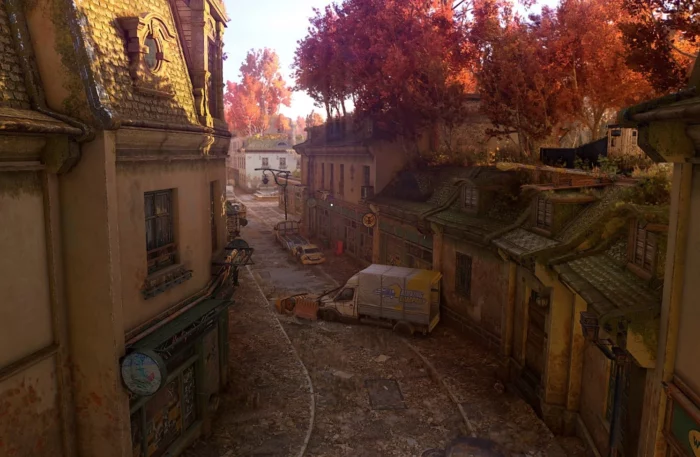Overwatch 2 Ranks Explained
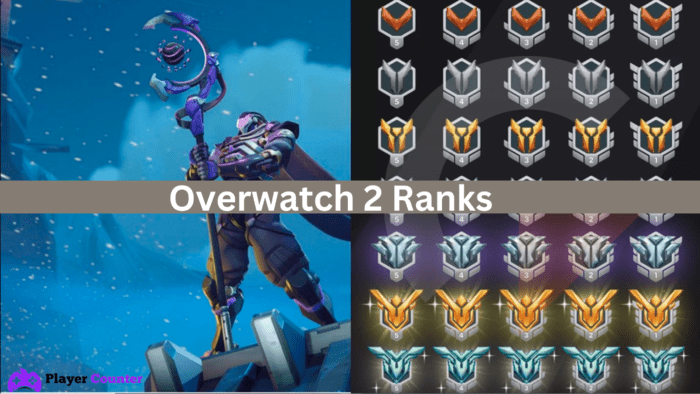
The competitive mode in Overwatch 2 offers a stimulating environment for skilled players to refine their abilities and ascend the ranked tiers. Demonstrating proficiency alongside adept teammates and witnessing tangible progress toward higher ranks are core aspects of the competitive experience.
However, the recent overhaul of the ranking system has introduced novel features, necessitating a deeper understanding of the path to the top. This guide delves into the intricacies of Overwatch 2 ranks, elucidating their functionality, the established tiers, and strategies to unlock the coveted rewards.
Understanding Overwatch 2 Ranks
The latest Overwatch season ushered in a more transparent ranking system, providing players with direct feedback after each competitive match. Performance directly translates to progress towards the next rank, fostering a sense of accomplishment and a clear link between effort and outcome.
This shift, however, has also presented a challenge for some players who find themselves plateauing at their current rank.
Let’s embark on a journey through the eight tiers that constitute the Overwatch 2 ranking system, each representing a distinct skill level:
Bronze: This tier serves as the entry point for new players, signifying a foundational understanding of the game’s mechanics and hero roles.

Silver: A step above Bronze, indicating a developing proficiency in hero skills and basic team coordination.

Gold: Considered the average skill level, where players begin to grasp advanced strategies and hero compositions.

Platinum: This tier represents a more refined understanding of the game, with players exhibiting strong teamwork and hero mastery.

Diamond: A significant leap, signifying exceptional game sense, strategic thinking, and the ability to adapt to various situations.

Master: This elite tier houses players with exceptional mechanical skill, strategic prowess, and the capacity to consistently outperform opponents.

Grandmaster: The pinnacle of competitive Overwatch, reserved for the absolute best players who demonstrate mastery of the game at the highest level.

Top 500 (Special Achievement): Distinct from a traditional rank, Top 500 represents the cream of the crop – the 500 most skilled players in the game according to their MMR (Matchmaking Rating, explained later). It’s akin to a prestigious leaderboard rather than a specific tier.

The distribution of players within these ranks is not uniform. Silver, Gold, and Platinum hold the largest populations, facilitating faster matchmaking but presenting a steeper climb for those aiming to ascend.
Your movement within this system hinges on your performance and the newly introduced rank modifiers.
Beyond Wins and Losses: Unveiling the Modifiers
Following a competitive Overwatch 2 match, you’ll be presented with a progress update that might surprise you. Wins aren’t the sole determinant of your advancement – hidden factors influence the pace of your climb.
These modifiers act as a nuanced system, taking into account various aspects of your performance:
- Win Streaks: Racking up consecutive victories significantly accelerates your ascent through the ranks, rewarding consistent excellence.
- Loss Streaks: Conversely, a string of defeats can hinder your progress, prompting reassessment and tactical adjustments.
- Calibration: This applies to new players or those whose rank is yet to be solidified. The system gathers data to determine their true skill level and assign them an appropriate starting point.
- Uphill Battle: When you triumph despite being at a disadvantage (uneven team composition, for instance), your rank gains a significant boost, acknowledging your exceptional performance under pressure.
- Reversal: Conversely, losing a heavily favored match can cause a steeper decline, highlighting the importance of capitalizing on advantageous situations.
- Volatile: This indicates inconsistent performance following calibration, potentially slowing your progress. The system might require more data to pinpoint your true skill level.
- Expected: Winning matches the system deems fair to your skill level results in standard progress.
- Demotion Protection: This activates when you’re on the verge of dropping to a lower rank, offering a safety net to prevent immediate demotion.
Each modifier subtly tweaks your rate of advancement or decline. Following each game, you’ll receive a clear indication of your proximity to the next Overwatch 2 rank.
These modifiers are not hero-specific but rather apply to your overall account, considering your performance across various roles (damage, support, tank). The role you choose within a match can also influence which modifiers are most impactful.
The Intricacies of Progress
Your progression through the ranks is determined by several factors, now clarified in the new system. Matchmaking plays a significant role; being on a stronger team or in a better position affects your expected outcome. Winning a game the system expects you to lose can notably impact your rank.
The new system aims to provide clearer insight into how your rank is determined, though your team still influences it. Overwatch 2 is fundamentally a team game, evident in competitive, quick play, and the new Overwatch Champion Series. While team limitations can be frustrating, the modifiers help gauge how your team’s ranks affect your score.
Matchmaking Rating (MMR): The Hidden Factor
At the start of Overwatch 2, you’ll play various matches to establish your score, known as your matchmaking rank or MMR. This score determines your lobby mates, pairing you with players of similar scores.
MMR can be more frustrating than straightforward Overwatch 2 ranks because it’s based on your gameplay performance without a clear scoring system.
While your MMR rank isn’t typically public knowledge, it’s essential for matchmaking. Not playing for a while can decrease your MMR, keeping you within similar ranks in the Overwatch player community.
Competitive Rewards: More Than Glory
In addition to earning bragging rights, the Overwatch ranking system offers rewards. Season 9 introduced fresh rewards for the new ranking system. Playing competitive Overwatch each season earns you CP, awarded after every win, with the amount varying based on your rank.
CP can be exchanged for the new Jade weapon skins, currently priced at 2024 CP. Next year, a new set will replace them, and your current CP will become Legacy CP. The CP you earn is determined by the outcome of a match.
- wins grant 10 CP
- draws yield 5 CP
- losses award none.
That’s the gist of the Overwatch 2 ranking system—it’s straightforward to understand but challenging to advance in. To reach higher ranks each season, you must demonstrate your skill as one of the top players.
Even the most skilled Overwatch players must work hard to climb up the ranks, and the new ranking system appears to slow progression significantly in higher ranks.

